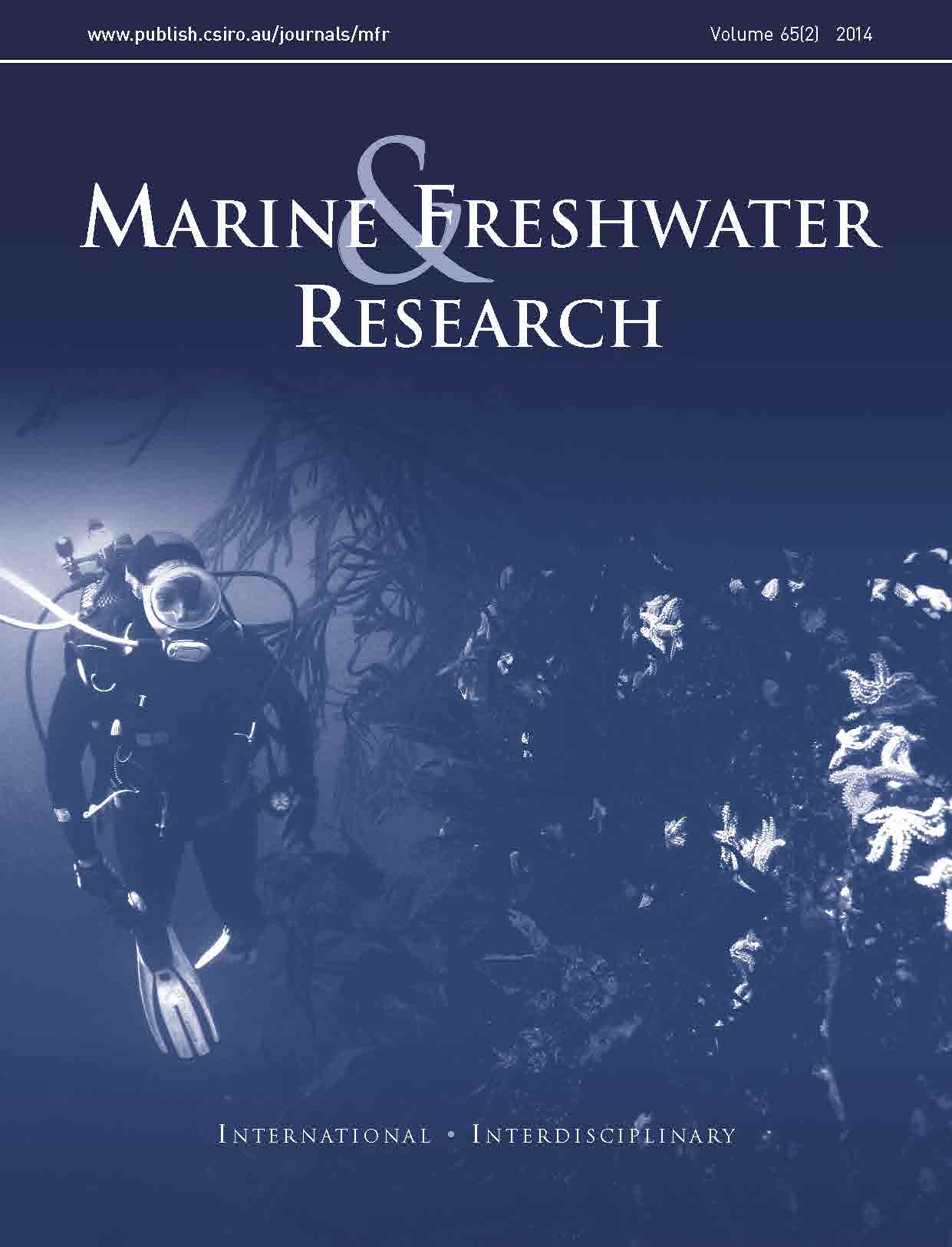El vídeo del proyecto GAP2
10/06/14 ,Este es el vídeo del proyecto GAP2, favoreciendo la colaboración entre pescadores, responsables políticos y científicos, y en el que llevamos trabajando 4 años:
Noticias en prensa sobre el proyecto GAP2
11/04/14 ,La Voz de Galicia publicó el pasado 16 de septiembre de 2013 esta noticia sobre algunos de los resultados del caso de estudio en Galicia del proyecto GAP2:
Comunicaciones presentadas en el II FDI de Roma
26/03/14 ,Entre el 3 y el 6 de marzo de 2014, Pablo Pita asistió al II Simposio Fishery-Dependent Information de Roma. Este es el resumen de la comunicación oral que presentó:
Different alternatives to traditional top-down management have been implemented over the last years in Galicia. Since co-management, largely based on TURFs, is successfully managing some marine benthic invertebrate fisheries, the fishery sector is interested in expanding bottom-up initiatives to other fisheries. The new CFP is also pushing to increase fisher’s involvement in the management of their fisheries, thus European bodies are funding co-management projects, like GAP2 and GEPETO.
GAP2 is using fisher’s TEK for mapping habitats and fishing grounds, and also data loggers and log-books to allocate CPUE of the fisheries in a study area (Ría of Arousa). GEPETO is focused in the management of the Galician octopus fishery.
The octopus fishery is a paradigmatic example of top-down management that generates many conflicts between fishers and policy makers. Managers complain that their regulations are routinely ignored, while fishermen argue that these regulations are implemented without their participation.
Meetings between fishers, scientists and policy makers have been performed to overcome a confrontation that is putting at risk one of the most traditional and economically relevant fisheries in Galicia. In the meetings, organized by GEPETO, information of the octopus fishery was provided by GAP2: interviews were performed to identify the fishing grounds of the fleet, while information on fishing routes and catch, collected in data-loggers and daily log-books, was used to obtain the distribution of CPUE.
We hope that, as a result of the meetings, will be opened a scenario that offers new perspectives for the management of the Galician octopus fishery.
Aquí la presentación:
Y esta es la comunicación en formato poster que también fue presentada en el simposio:
Jornadas técnicas sobre nuevas herramientas de gestión pesquera del proyecto GAP2: tendiendo puentes entre la administración, los pescadores y los científicos
10/02/14 ,El proyecto GAP2 organiza entre el 11 y el 13 de marzo de 2014 unas jornadas técnicas sobre nuevas herramientas de gestión pesquera. Las jornadas consistirán en una conferencia impartida por el Dr Jeremy Prince, de la Universidad de Murdoch, en Australia, con el título The Barefoot Ecologist’s toolbox. Además, el Dr Prince impartirá un taller centrado en el uso de la nueva herramienta de evaluación pesquera SPR@Size. Más información.
Próxima comunicación en formato póster
07/02/14 ,Este es el póster que presentaremos en el Segundo simposio Fishery-Dependent Information de Roma, que tendrá lugar entre el 3 y el 6 de marzo de 2014 (pinchar aquí).
¿Quieres contar peces y no sabes cómo?
07/02/14 ,En este artículo que acabamos de publicar en Marine and Freshwater Research, comparamos tres métodos para estimar abundancias de peces costeros: mediante buceadores, mediante cámaras de vídeo fijas y mediante ROV.
Además, una foto propia es portada de la revista. La protagonista de la foto, es además la coautora del artículo Diana Fernández-Márquez.
Este es el resumen del artículo:
Comparative works on sampling techniques allow selecting the best methods to study each target fish community. We analysed the structure of a coastal fish community in Galicia (north-western Spain) by comparing the following three techniques: diver-based underwater visual census (UVC), remotely operated vehicle (ROV) and remote underwater video (RUV). All techniques detected abundant and frequent taxa, but divers obtained more precise and complete inventories (80% of identified taxa) than did ROV (60%) and RUV (47%), were faster (only 1.4 days to achieve the estimated taxa list) than were ROV (2.0 days) and RUV (475.7 days), and were more reliable in estimating the abundances of highly mobile, less abundant, less frequent, cryptic and smaller fish. Conversely, RUV obtained the poorest estimates of abundances, and even though it obtained more replicates (136), there were more zeros (98%) than with divers (16 replicates, 64% zeros) and ROV (11 replicates, 75% zeros). Furthermore, the economic cost of the video system was triple the cost of the diving gear; consequently, we recommend using divers to study the coastal fish communities in the shallow waters of the North Atlantic Ocean. However, further research is necessary to explore the full capabilities of video techniques in long-term studies, in greater depths and in adverse weather conditions.










